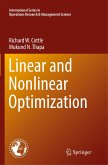
Broschiertes Buch
Softcover reprint of the original 1st ed. 2017
12. Mai 2018
Springer / Springer New York / Springer, Berlin
978-1-4939-8379-7
| Gebundenes Buch | 109,99 € | |
| eBook, PDF | 73,95 € |
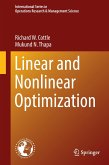
Gebundenes Buch
1st ed. 2017
12. Juni 2017
Springer / Springer New York / Springer, Berlin
978-1-4939-7053-7
Buch
North Holland Publishing Company
Ähnliche Artikel
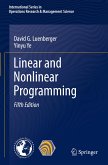
Broschiertes Buch
5. Aufl.
2. November 2022
Springer / Springer International Publishing / Springer, Berlin
978-3-030-85452-2
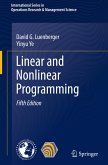
Gebundenes Buch
5. Aufl.
1. November 2021
Springer / Springer International Publishing / Springer, Berlin
978-3-030-85449-2

Gebundenes Buch
Theory and Applications
1st edition 2022
12. Dezember 2021
Springer / Springer International Publishing / Springer, Berlin
978-3-030-89868-7
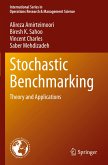
Broschiertes Buch
Theory and Applications
1st edition 2022
13. Dezember 2022
Springer / Springer International Publishing / Springer, Berlin
978-3-030-89871-7
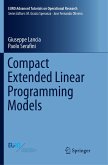
Broschiertes Buch
Softcover reprint of the original 1st ed. 2018
18. August 2018
Springer / Springer International Publishing / Springer, Berlin
978-3-319-87687-0
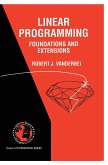
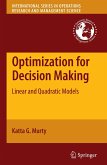
Gebundenes Buch
Linear and Quadratic Models
2010 edition
10. Dezember 2009
Springer / Springer US / Springer, Berlin
12574506,978-1-4419-1290-9
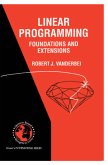
Broschiertes Buch
1998.
31. März 1998
Springer / Springer US / Springer, Berlin
978-0-7923-8141-9
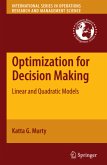
Broschiertes Buch
Linear and Quadratic Models
2010
29. Februar 2012
Springer / Springer US / Springer, Berlin
978-1-4614-2517-5

Gebundenes Buch
A Course in Queueing Theory
2013
21. Mai 2013
Springer / Springer New York / Springer, Berlin
86053153,978-1-4614-6764-9
Ähnlichkeitssuche: Fact®Finder von OMIKRON
